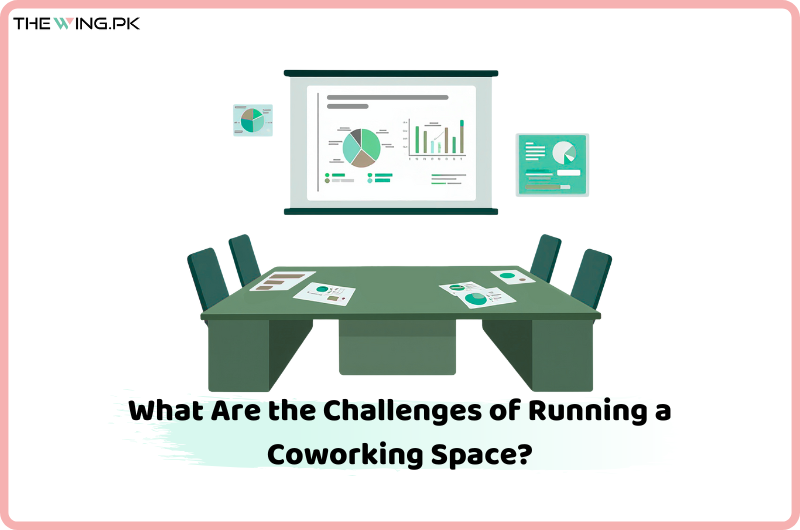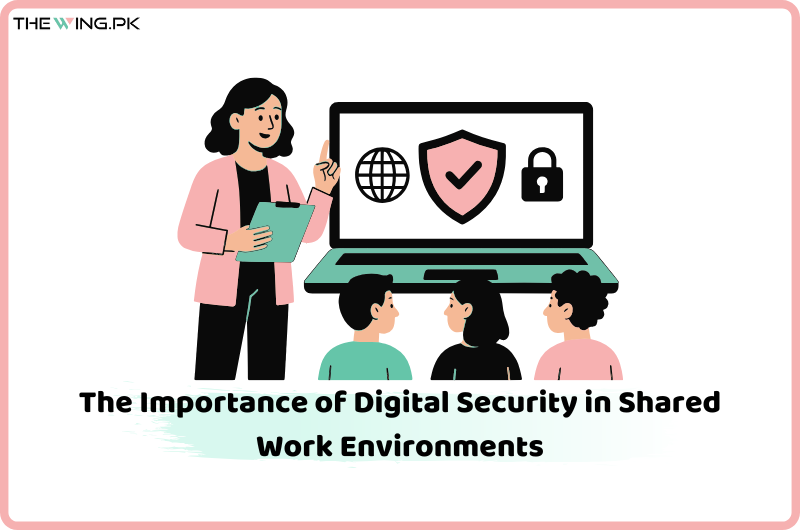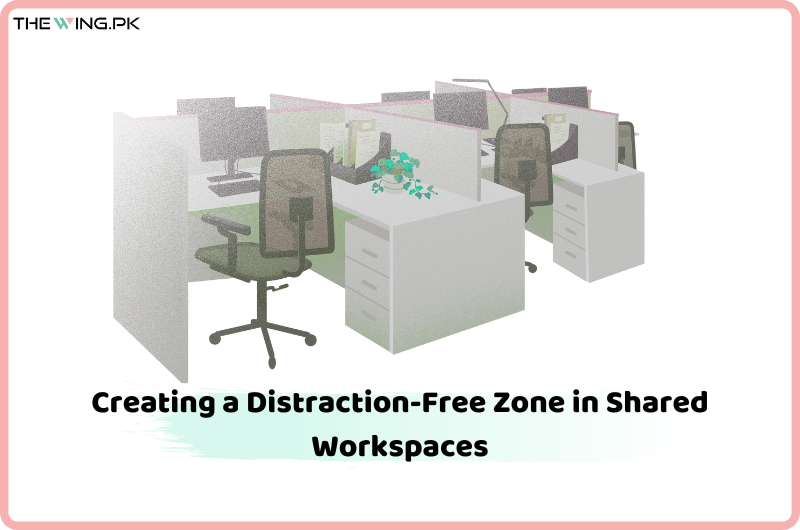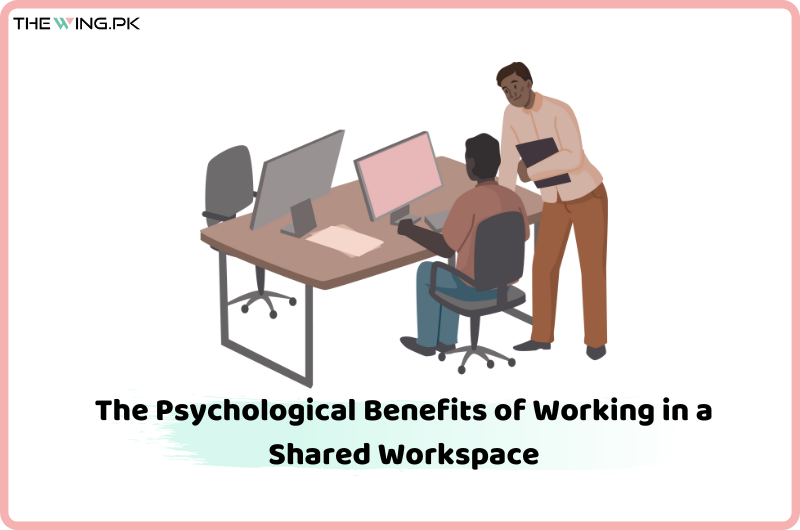Hot Desks vs Dedicated Desks: Which Coworking Option Is Right for You?
The contemporary professional landscape has been reshaped by shifting expectations around flexibility, autonomy, and efficiency. As traditional offices gradually lose relevance, coworking environments have emerged as adaptive ecosystems designed to support modern workstyles. At the centre of this shift lies a critical decision faced by many professionals: hot desks vs. dedicated desks. This choice goes beyond seating arrangements, influencing productivity levels, cost efficiency, psychological comfort, and long-term professional sustainability. As coworking matured, it diversified. Desk options evolved to serve different needs, leading to the widespread adoption of hot desks and dedicated desks. These two models now define the core of coworking functionality. Click here to learn about the best coworking space in Islamabad! Defining Hot Desks A hot desk is an unassigned workspace available to any member on a first-come, first-served basis. Users select a desk upon arrival and relinquish it when they leave. There is no expectation of permanence or ownership. Hot desks are typically associated with flexible memberships, daily passes, or part-time access. They are designed for professionals who prioritize adaptability over consistency. Key Characteristics of Hot Desking Hot desking environments share several defining traits: Non-permanent seating arrangements Shared desks and communal resources Minimal or no personal storage High turnover of users The emphasis is on fluidity. Workspaces remain in constant circulation, accommodating a wide range of professionals throughout the day. Advantages of Hot Desks Unmatched Flexibility Flexibility is the most compelling advantage of hot desks. Professionals can work according to their own schedules, without being bound by long-term commitments. This is particularly beneficial for individuals whose workloads fluctuate or whose work is location-independent. Hot desks adapt to the user, not the other way around. Cost-Effective Workspace Access Hot desks are generally the most economical coworking option. By sharing desks among multiple users, coworking spaces reduce overhead costs and pass those savings on to members. For freelancers, early-stage entrepreneurs, or remote workers seeking occasional workspace access, hot desks offer exceptional value. Organic Networking Opportunities Because seating changes daily, hot desks foster spontaneous interaction. Professionals find themselves working alongside new individuals each session, exposing them to different industries, ideas, and skill sets. This dynamic environment often leads to unexpected collaborations and professional connections. Minimalism and Cognitive Clarity Hot desking encourages a minimalist approach to work. Without permanent storage, users carry only essential items. This reduction in physical clutter can translate into improved mental focus and clarity. The workspace remains clean, neutral, and distraction-free. Limitations of Hot Desks Lack of Consistency The absence of a fixed workstation can disrupt routines. For professionals who rely on familiarity and structure, constantly adjusting to new desks may affect concentration and workflow efficiency. Consistency, for some, is a productivity anchor. Limited Personalization Hot desks offer little opportunity for personalization. Ergonomic accessories, branding materials, or personal items must be packed away after each session. This lack of ownership may reduce emotional attachment to the workspace. Equipment and Storage Challenges Professionals who use multiple monitors, peripherals, or specialized tools may find hot desking inconvenient. Transporting equipment daily can be cumbersome and time-consuming. Who Should Choose Hot Desks? Hot desks are particularly well-suited for: Freelancers with variable schedules Digital nomads Remote workers requiring occasional office access Consultants and project-based professionals Startups in early validation stages They appeal to individuals who value autonomy, affordability, and interaction. Understanding Dedicated Desks A dedicated desk is a permanently assigned workstation reserved for a single individual or team. Unlike hot desks, it remains exclusively available regardless of attendance frequency. Dedicated desks offer a hybrid experience—combining the openness of coworking with the stability of traditional office seating. Core Features of Dedicated Desks Dedicated desks typically include: A fixed, reserved workspace Lockable storage units Permission for personalization Consistent seating location They are often located in quieter zones to support focused work. Advantages of Dedicated Desks Stability and Predictable Workflow Returning to the same desk each day establishes routine. This spatial consistency reduces cognitive friction, allowing professionals to settle into work more quickly and maintain productivity momentum. Routine fosters efficiency. Personalization and Comfort Dedicated desks allow customization. Users can adjust seating, add ergonomic equipment, display branding, or introduce personal elements that enhance comfort. This personalization transforms the workspace into a professional sanctuary. Secure Storage and Convenience Lockable storage is a significant advantage. Professionals can leave equipment, documents, and personal items overnight without concern. This convenience eliminates daily packing rituals and streamlines workflow. Professional Credibility A dedicated desk provides a stable professional base. For client-facing professionals, this consistency enhances credibility and brand perception. It signals commitment and permanence. Limitations of Dedicated Desks Higher Financial Commitment Dedicated desks are more expensive than hot desks. The exclusivity of a reserved workstation naturally increases membership costs. For budget-conscious professionals, this may be a limiting factor. Reduced Flexibility Dedicated desk memberships often require longer-term commitments. This rigidity may not suit professionals whose needs change frequently. Flexibility is exchanged for stability. Less Dynamic Interaction Because seating remains consistent, dedicated desk users may interact with a smaller circle of professionals. While this fosters familiarity, it may reduce exposure to new connections. Who Should Opt for Dedicated Desks? Dedicated desks are ideal for: Full-time remote employees Small business owners Professionals handling confidential information Individuals who value structure and routine Teams requiring consistent collaboration They serve those seeking focus, continuity, and professional grounding. Hot Desks vs Dedicated Desks: A Comparative Analysis Understanding Hot Desks vs Dedicated Desks requires evaluating them across several critical dimensions. Cost and Budget Allocation Hot desks offer affordability and low commitment. Dedicated desks demand higher investment but deliver added value through exclusivity and storage. The choice hinges on financial priorities. Flexibility Versus Stability Hot desks maximize adaptability. Dedicated desks provide consistency. This contrast lies at the heart of the Hot Desks vs Dedicated Desks discussion. Productivity Dynamics Productivity is subjective. Some professionals thrive amid change and stimulation. Others require predictability to achieve deep focus. Hot desks energize dynamic workers. Dedicated desks support sustained concentration. Personal Space and Ownership Dedicated desks clearly excel in personalization and comfort. Hot desks emphasize shared
Hot Desks vs Dedicated Desks: Which Coworking Option Is Right for You? Read More »
















